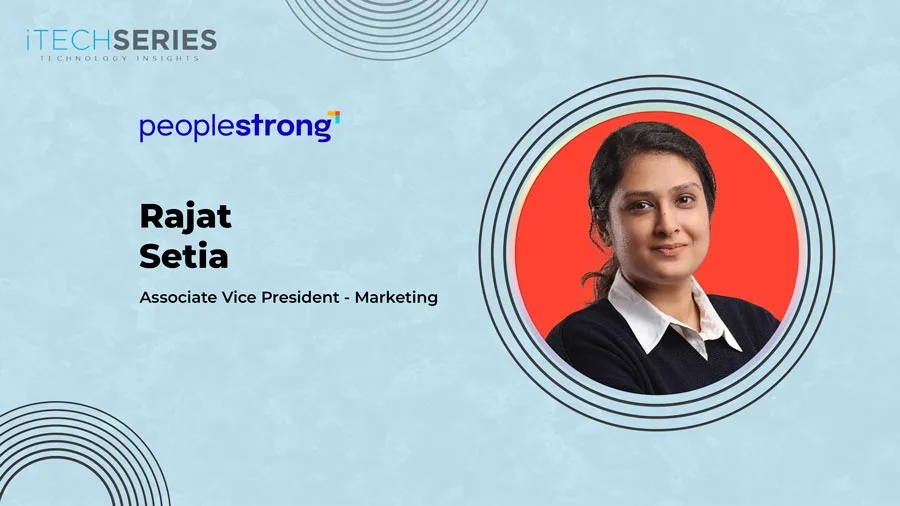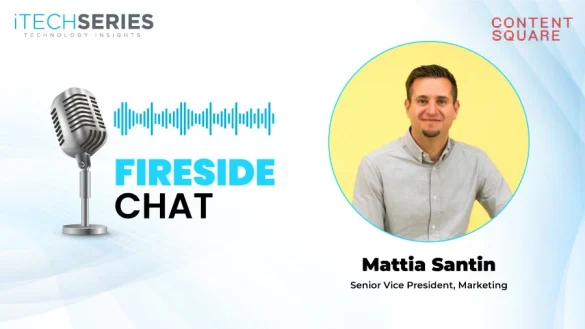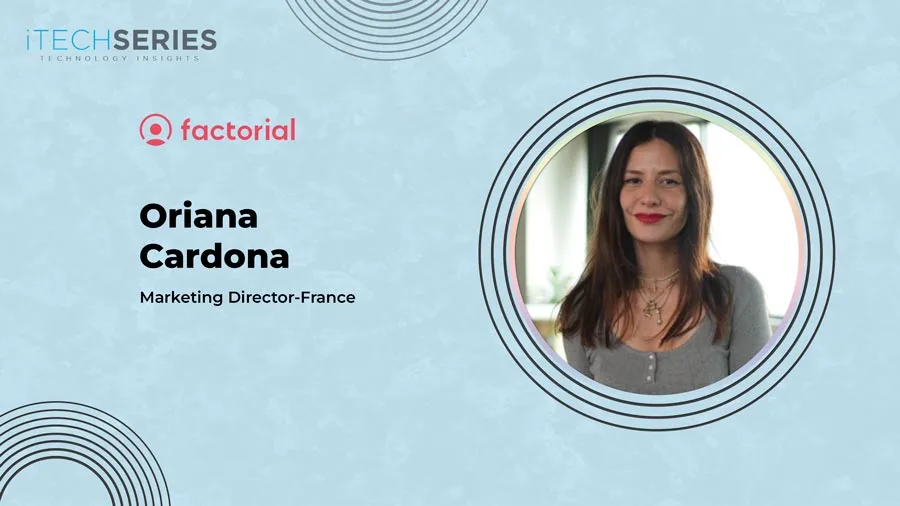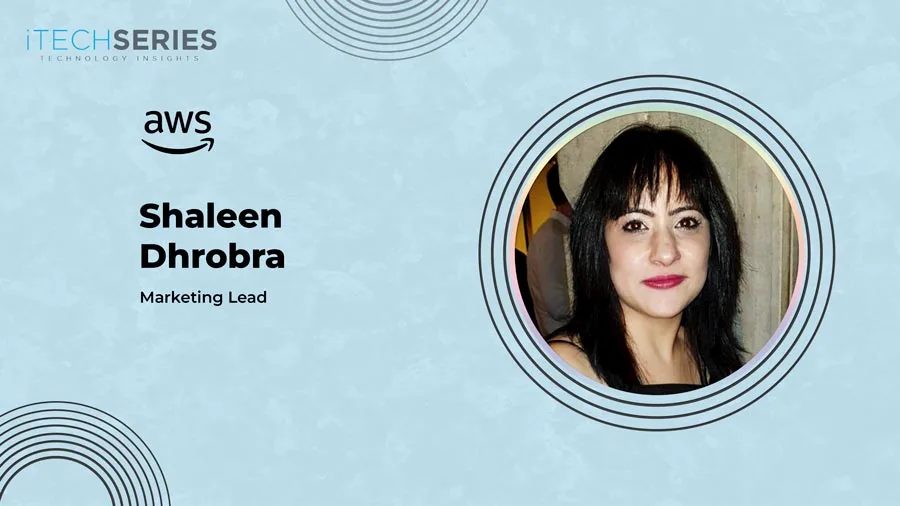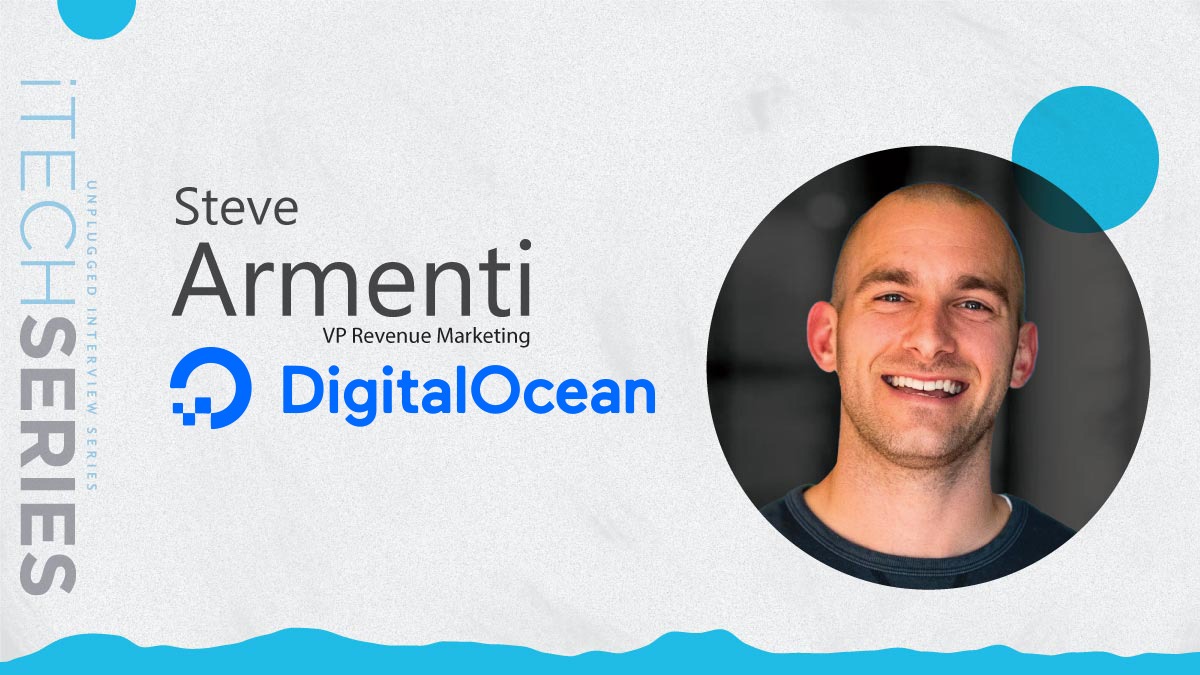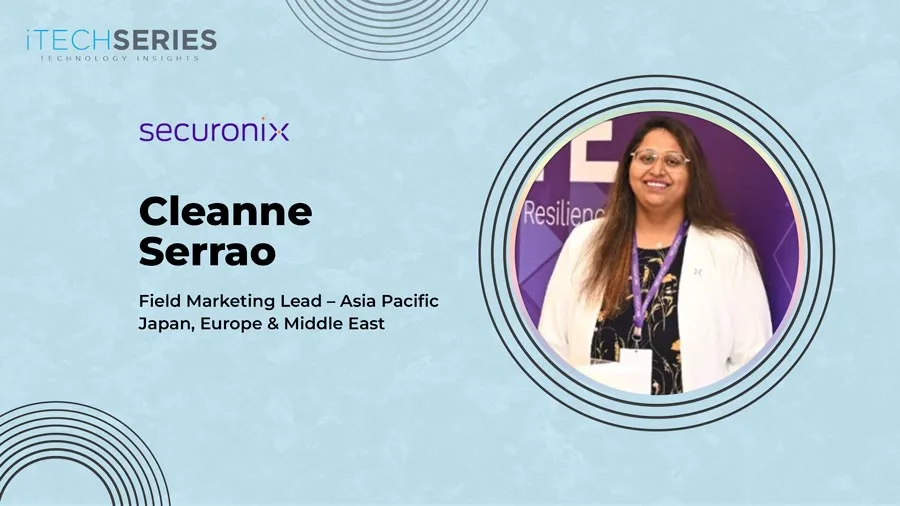Rajat Setia, AVP of Marketing at PeopleStrong, shares her journey from content and product marketing to orchestrating integrated GTM strategies. She discusses aligning brand, product, and content initiatives, leveraging AI and personalization at scale, navigating multi-touch customer journeys, driving regional relevance, and building marketing as a revenue-driving engine that delivers measurable impact.
Welcome to the interview series, Rajat. Could you tell us about yourself and your journey as a go-to-market leader?
Thanks for having me. I’ve spent my career working across different domains of marketing—from content and product marketing to demand generation, but I’ve found my sweet spot in go-to-market strategy. I enjoy how dynamic it is; it’s constantly being refined with AI, personalization at scale, new tactics, and processes like GTM engineering. For me, it all comes down to embracing the complexity of multi-touch customer journeys and the challenge of orchestrating seamless paths that actually build real connection and trust. It’s almost like a jigsaw puzzle, and solving them keeps me motivated.
Where do you see marketing’s role having evolved in a more aligned go-to-market setup?
The shift is already happening. The office of CMO has evolved because boards and CEOs want accountability. My view is that marketing is about increasing probabilities, not guaranteeing outcomes. It creates conditions where revenue can happen, but it’s not the only function responsible. Marketing needs to balance brand, demand, and revenue alignment—if they swing too far into pipeline-only, they risk reducing marketing into a sales support function.
So, instead of asking, “Who owns revenue?” the real question is, “Who owns the revenue system?” and marketing has a big role to play there.
How do you approach building an integrated marketing strategy that connects brand, product, and content initiatives effectively?
Everything starts with clarity–define your goals, target audience, and Ideal Customer Profile (ICP).
- Anchor on the buyer journey & don’t forget the basics of STP.
- In enterprise SaaS, the buying cycle involves multiple stakeholders—CIOs, CHROs, CFOs, and business users—each with different needs. I start by mapping this journey: awareness → education → validation → consensus → adoption. This ensures brand, product, and content align at every stage.
- Segment, Segment, and segment one more time. Go as deep as you can–not just on demographic differences but also behavioural, and technographical ones as well.
- Build a narrative (category + product)
- Brand establishes category authority—who we are and why trust us. Product marketing sharpens the differentiation—why us and why now. Content makes it consumable: stories, demos, analyst validation, and customer wins.
- The narrative must be flexible, high-level for executives, and solution-driven for practitioners. While the larger narrative can be the same, it must change for different segments.
For example, It Ain’t Enough could be the campaign narrative; it can manifest as–It Ain’t Enough to Run Payroll Manually for CFOs, and It Ain’t Enough to Use ERP for Employees could work for CHROs. It has the flexibility to change based on the segment being addressed.
- Orchestrate integrated plays
- Brand → thought leadership, analyst reports, and category-defining campaigns to shape perception.
- Product → solution messaging, competitive positioning, product-led storytelling.
- Content → ABM assets, sales enablement, webinars, and case studies that show measurable outcomes.
- Go-to-market integration
For enterprise SaaS, integrated strategies must be account-centric—ABM programs, executive roundtables, and customer advocacy all feed the same narrative. This has today become the most sophisticated part of the entire execution, which is why you hear a new term being thrown around–GTM engineers. With multiple channels available for the users, almost 80% of the buying journey happens before landing on your website, and 70+ touchpoints before a prospect enters your pipeline, the GTM engineering in itself has become a huge differentiating factor. Add the power of AI on top of it all and a cluttered SaaS market, and it’s a difficult path for the marketer ahead. Inbound has been dropping.
- Measurement loop
Obsess about measurement (not attribution). Most people read it wrong and get bogged down by attribution. It almost never takes just 1 channel to convert anyway; the point of measurement or even attribution is to make sure you don’t accidentally kill your best working channels.
- Brand → share of voice, analyst mentions, executive awareness.
- Product → win rates, pipeline contribution, product adoption.
- Content → engagement by buying stage, influence on deal velocity.
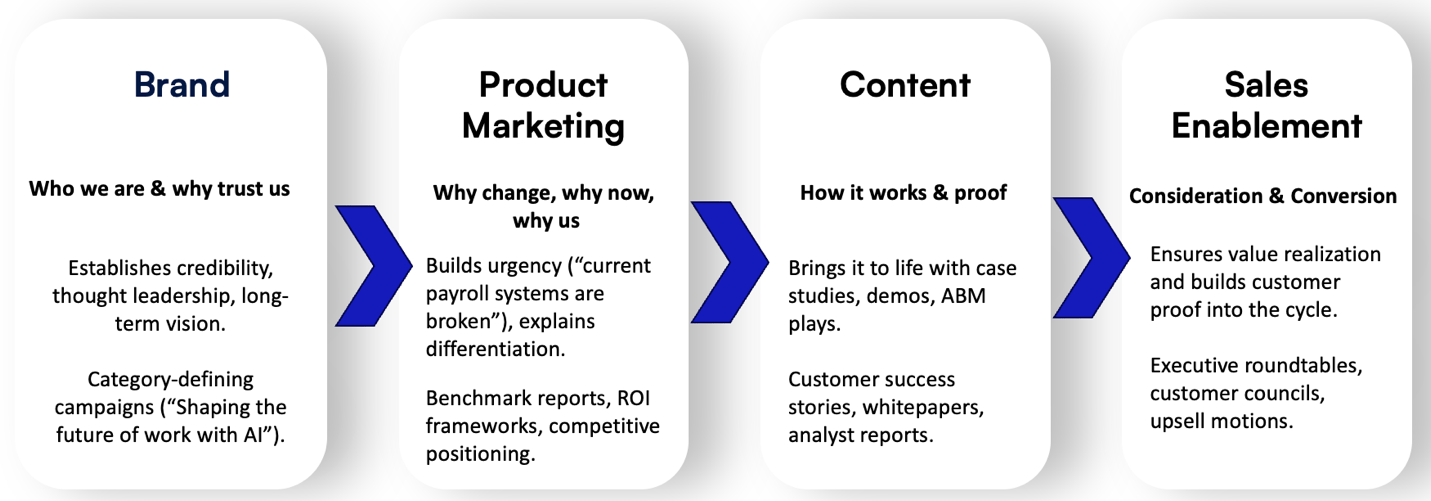
How do you incorporate customer feedback into your marketing strategy?
In enterprise SaaS, feedback comes from multiple layers—executive sponsors, business users, IT, and procurement. Set up structured inputs: win-loss analysis, customer advisory boards, NPS/CSAT, success reviews, and direct sales/CS insights.
Don’t act on isolated comments; look for trends. For example, if several CHROs cite integration challenges, that’s a signal to sharpen your integration story in messaging and collateral. There are many ways to use customer feedback:
- Feed into positioning & campaigns
Customer concerns can frame your differentiation, while positive feedback becomes proof points. - Co-create content with customers
Invite customers into the marketing process through case studies, webinars, thought leadership, and advocacy councils. This turns feedback into authentic stories that resonate with peers. - Influence roadmap & go-to-market
Close the loop with the product by sharing recurring feedback so launches and messaging address real customer needs. This helps ensure we market features customers actually value.
And don’t forget to measure how incorporating feedback improves results, like reduced sales objections, higher content engagement, or improved win rates.
“Marketing needs to balance brand, demand, and revenue alignment—if they swing too far into pipeline-only, they risk reducing marketing into a sales support function.”
Could you tell us about your most challenging and rewarding marketing program experience?
One of the most challenging yet rewarding programs I led was the launch of PeopleStrong’s Super App. It was complex because we had to manage two very different motions—first transitioning our existing 2M+ users from three different apps into one unified HR super app, and then creating a go-to-market strategy for prospects and partners.
For the beta rollout, it took months of coordination with product and customer success. We designed a full change-management plan that included content collaterals, webinars, how-to videos, and interactive tours to support both HR teams and employees. We also ran a hyper-care program to resolve issues and address P1 bugs quickly. The outcome was significant—our customer eNPS jumped by over 19 points, reaching 68.
For the general release, we launched during the height of the COVID second wave, which meant reimagining a fully digital, global event. We went live simultaneously across LinkedIn, YouTube, Zoom, and Facebook in 10 countries, featuring our CEO and CTO. The event generated over a million views in the first week, followed by regional roadshows and sustained campaigns. This digital-first approach paid off—we saw 3X growth in inbound leads and a 150% increase in traffic.
It was both challenging, due to the scale and timing, and deeply rewarding because it showcased how integrated marketing, product alignment, and digital innovation can create real business impact.
What factors do you prioritise when tailoring marketing strategy for diverse regions?
Before you begin building a strategy for a new region, it’s important to get on-the-ground intel on how the region functions. Speak with regional sales leaders, partners, and other marketing leaders who have already marketed in that region. I typically prioritize three things to begin with:
- Market maturity—How far along is the region in their digital adoption, buyer maturity, and expectations? What is the competition selling, etc.?
- Cultural and communication nuances—Who are part of the decision-making committee, what are the most important things that matter to them, where/which channels are they available, do they prefer to buy from local people, do they buy digitally or prefer physical events/meetings, etc.?
- Buyer persona difference—For example, in Asia, CHROs may be the key decision-makers, while in the Middle East or Europe, procurement and IT might have greater influence. I adapt the content journey for the stakeholder mix.
These guide the narrative, whether we lead with compliance, efficiency, or experience. Then adapt the channel mix and leverage local partners for reach and trust. The idea is to remain glocal–global coherence (quality, consistency) and local relevance (feel, resonance, partners).
As a marketing leader, what key insights or lessons have you gained from integrating AI-enabled tools into your marketing processes?
AI is extremely important today. It is providing efficiencies unheard of before in all areas of marketing. So if you’re not experimenting with it today, you’re already falling behind. Think of it in this manner –
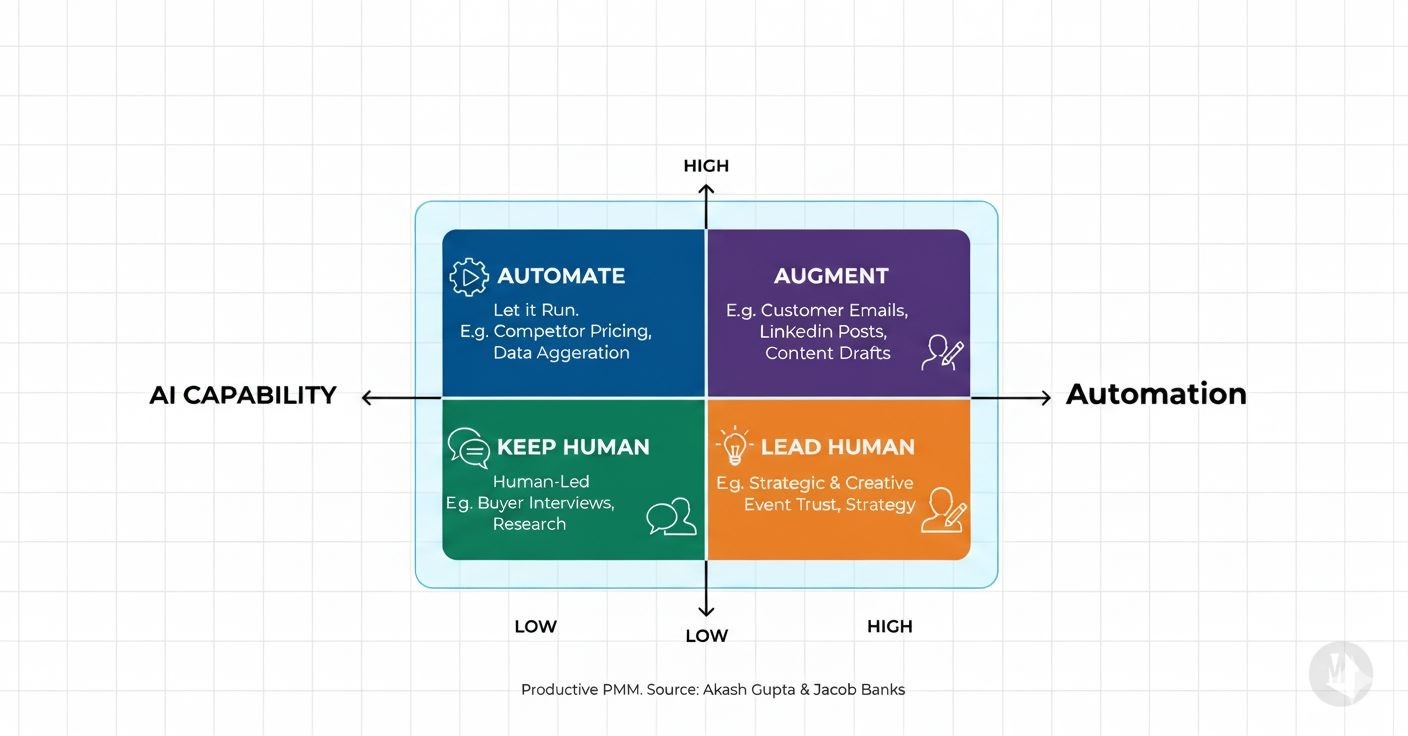
- High AI Capability + Low Stakes → Let it run. (e.g., real-time competitor pricing tracking, basic data aggregation)
- High AI Capability + High Stakes → Human review essential. (e.g., customer emails, public-facing social media, strategic content drafts)
- Low AI Capability + Any Stakes → Keep it human-led. (e.g., deep buyer research interviews, nuanced brand storytelling, building trust at events)
There is another side of the coin, though-AI has uplifted entry-level marketers by giving them productivity superpowers, but it’s also made it harder to stand out. Good execution is now table stakes; differentiation comes from the ability to apply AI insights with deep domain knowledge and creativity.
These are exciting times we’re living in. AI is evolving every quarter. The teams and leaders who experiment early, learn fast, and adapt their processes continuously will have the competitive edge.
What is your approach to marketing leadership that keeps the team members motivated and energised?
I try to be both a people leader and a show-your-leader leader. The team needs clarity and space to do their best work, but also to know I’ll roll up my sleeves when it counts. It’s about building trust with your team, learning quickly from mistakes, and making sure people enjoy their work and have the opportunity to grow.
About Rajat Setia:
Rajat Setia is a result-oriented professional with 10+ years of experience in brand, product, content, and go-to-market strategies. A lifelong learner and SaaS marketing enthusiast, she thrives on building high-performing teams, crafting compelling content, and driving measurable demand. Recognized for her contributions at SoLoMo Media and the Annual Sales & Marketing Conclave, Rajat believes in mastering her craft through curiosity, hard work, and persistence.

